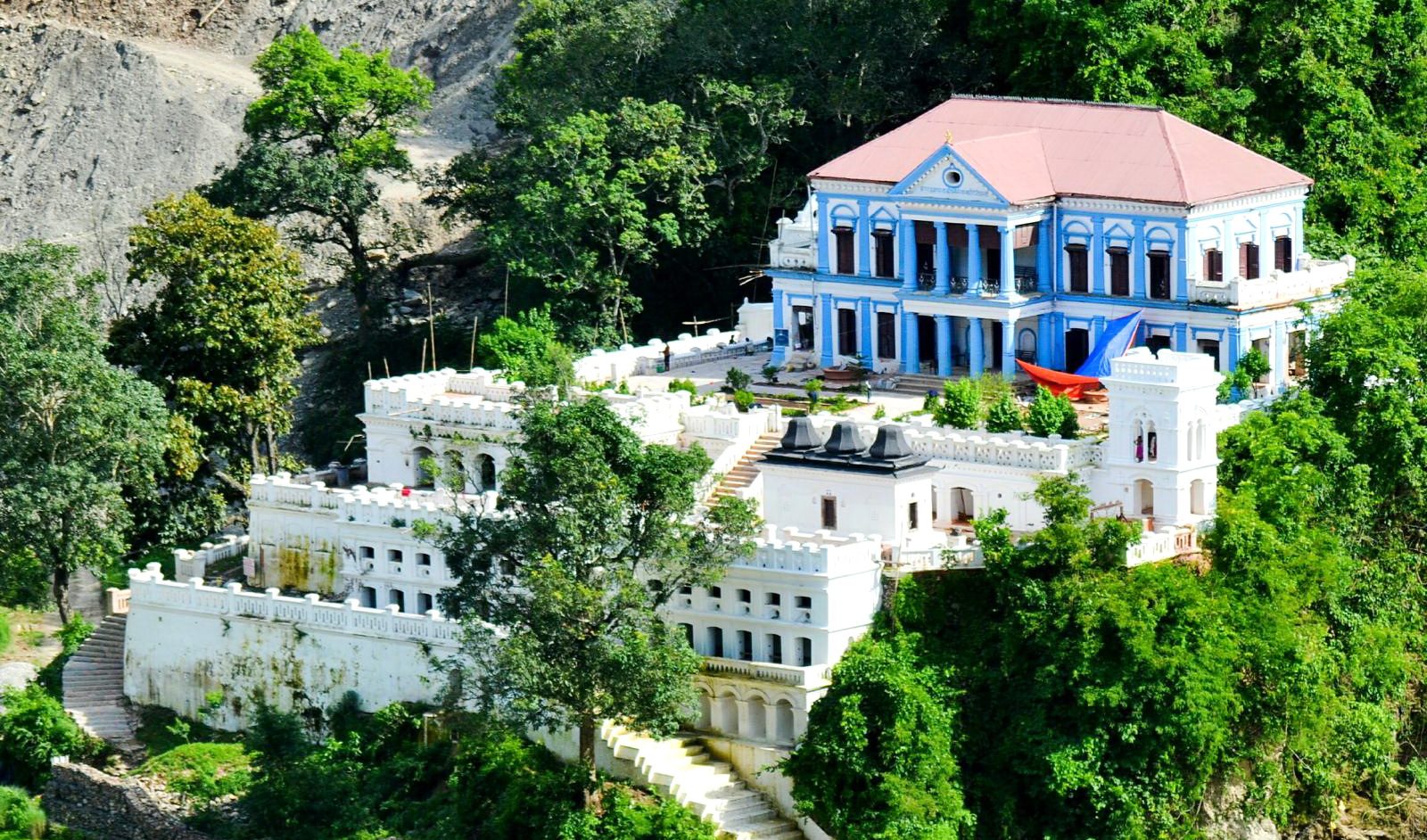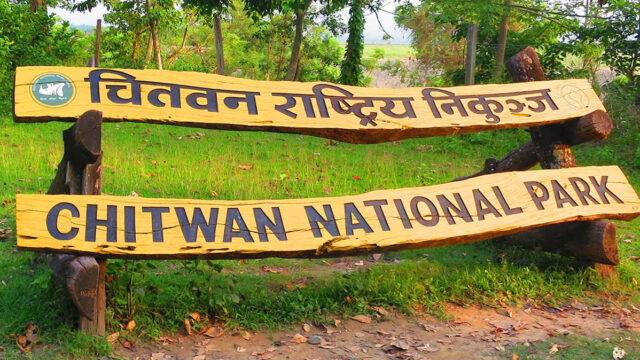Nestled along the serene banks of the Kali Gandaki River in Palpa District, Rani Mahal, also known as the Queen’s Palace, stands as a remarkable testament to Nepal’s rich cultural and architectural heritage. This majestic palace, constructed in the 19th century during the reign of King Khadga Shumsher Jang Bahadur Rana, is often referred to as the “Taj Mahal of Nepal” due to its stunning design and historical significance. The palace, with its elegant blend of traditional and European architectural styles, offers visitors a unique glimpse into Nepal’s regal past and is quickly becoming a must-visit destination for tourists.
Rani Mahal’s location is as captivating as its architecture. Perched on a hill overlooking the Kali Gandaki River, the palace offers panoramic views of the surrounding landscapes, including the verdant hills and the meandering river below. This scenic backdrop not only enhances the palace’s aesthetic appeal but also provides an excellent opportunity for tourists to enjoy nature’s beauty. The area around Rani Mahal is known for its tranquil environment, making it an ideal spot for relaxation and reflection away from the hustle and bustle of city life.
The architectural splendor of Rani Mahal is a fascinating blend of traditional Nepalese and European styles. The palace features intricate carvings, ornate arches, and spacious courtyards that reflect the opulence of the Rana era. The main building, with its grand façade and elegant design, is surrounded by lush gardens and serene water features, adding to its allure. Visitors can explore the various rooms of the palace, each adorned with historical artifacts and elegant furnishings that provide a window into the lifestyle of Nepal’s royalty during the 19th century.
One of the most intriguing aspects of the Rani Mahal is its historical significance. The palace was built for the Rana rulers’ queens and served as a luxurious retreat away from the political center. Its construction was an expression of the grandeur and affluence of the Rana dynasty. The palace’s rich history is complemented by numerous legends and stories that add to its mystique. These tales, often shared by local guides, offer a deeper understanding of the palace’s role in Nepalese history and its significance in the cultural landscape of the region.
In recent years, Rani Mahal has gained prominence as a tourist destination due to its unique combination of historical charm and natural beauty. The palace’s accessibility has been improved, with better road connections and enhanced facilities for visitors. Local authorities and tourism organizations have also taken steps to promote the site, including developing informative guides and organizing cultural events that showcase the heritage of the region. These efforts aim to attract more tourists and provide them with a comprehensive experience of the palace and its surroundings.
For tourists interested in exploring the cultural heritage of Nepal, Rani Mahal offers an enriching experience. Visitors can immerse themselves in the palace’s history through guided tours that highlight its architectural features and historical anecdotes. The tours often include visits to nearby attractions, such as the traditional Newari villages and local markets, providing a broader understanding of the region’s cultural fabric. Additionally, the serene environment around Rani Mahal makes it an excellent spot for leisurely walks and nature photography, allowing tourists to capture the beauty of the landscape and the architectural elegance of the palace.
The local community plays a crucial role in enhancing the tourism experience at Rani Mahal. Residents of Palpa are known for their hospitality and often engage with tourists to share their knowledge about the area’s history and culture. This interaction enriches the visit and provides a more personal connection to the destination. The presence of local crafts and traditional cuisine further adds to the charm of the visit, offering tourists a taste of authentic Nepali culture.
As tourism continues to grow in Nepal, Rani Mahal is poised to become a significant player in the country’s cultural tourism sector. Its unique blend of historical significance, architectural beauty, and natural surroundings makes it a compelling destination for travelers seeking to explore Nepal’s rich heritage. Efforts to preserve and promote the palace will likely enhance its appeal and contribute to the broader goal of sustainable tourism development in the region.
Rani Mahal stands as a hidden jewel in Palpa, offering a unique and enriching experience for tourists. Its stunning architecture, historical significance, and picturesque location make it a captivating destination that showcases the grandeur of Nepal’s past. For those seeking to explore the rich cultural tapestry of Nepal, Rani Mahal presents an opportunity to step back in time and experience the elegance and history of the Rana era. As tourism continues to evolve, Rani Mahal’s charm and allure will undoubtedly attract more visitors, making it an essential stop on the journey through Nepal’s remarkable heritage.






